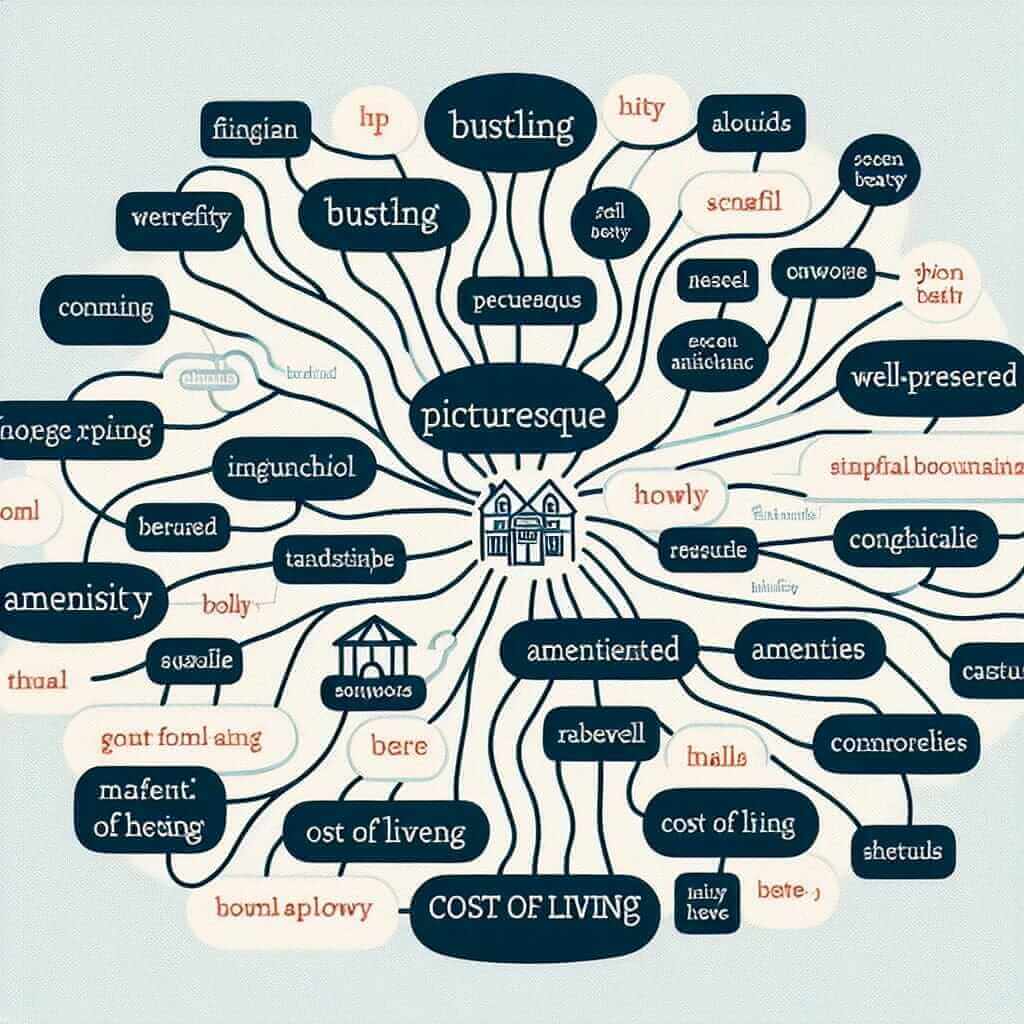Teaching IELTS to beginners can be a rewarding experience, but it also presents unique challenges. Beginners often arrive with varying levels of English proficiency, little to no knowledge of the IELTS exam format, and a mix of apprehension and enthusiasm. This guide, crafted from my 20+ years of experience, is designed to equip teachers with effective strategies to navigate these challenges and empower their students to thrive in their IELTS journey.
Nội dung bài viết
- Understanding the Needs of IELTS Beginners
- Common Challenges Faced by IELTS Beginners:
- Addressing the Challenges:
- Effective Teaching Strategies for IELTS Beginners
- 1. Building a Strong Language Foundation
- 2. Introducing the IELTS Exam Format
- 3. Fostering a Positive Learning Environment
- Example: Teaching Vocabulary for the IELTS Speaking Test
- Conclusion
Understanding the Needs of IELTS Beginners
Before diving into teaching strategies, it’s crucial to understand the specific needs and challenges of IELTS beginners.
Common Challenges Faced by IELTS Beginners:
- Limited Vocabulary and Grammar: Beginners often lack the range of vocabulary and grammatical accuracy required for the IELTS exam.
- Unfamiliarity with Exam Format: The IELTS exam has a specific format with different sections and task types. Beginners might find this overwhelming initially.
- Test Anxiety: The pressure of performing well in a high-stakes exam can be particularly daunting for beginners.
Addressing the Challenges:
- Building a Strong Foundation: Focus on developing fundamental English language skills before delving into exam strategies. This includes expanding vocabulary, improving grammar, and practicing all four skills – listening, reading, writing, and speaking.
- Demystifying the IELTS Exam: Spend time familiarizing students with the exam format, question types, assessment criteria, and time management strategies.
- Creating a Supportive Learning Environment: Foster a positive and encouraging classroom atmosphere to boost confidence and reduce test anxiety.
Effective Teaching Strategies for IELTS Beginners
1. Building a Strong Language Foundation
Vocabulary Enhancement:
- Contextual Learning: Introduce new vocabulary in context, using authentic materials like news articles, short stories, or videos.
- Word Families and Collocations: Teach word families (e.g., employ, employment, employee) and common collocations (e.g., make a mistake, take a break) to enhance vocabulary usage.
- Regular Vocabulary Tests: Conduct regular vocabulary tests to reinforce learning and track progress.
Grammar Improvement:
- Focus on Common Errors: Identify and address common grammatical errors made by beginners.
- Interactive Grammar Exercises: Utilize interactive exercises and games to make grammar learning more engaging.
- Real-world Application: Encourage students to apply grammar rules in speaking and writing activities.
2. Introducing the IELTS Exam Format
Section-Specific Strategies:
- Listening: Introduce various accents, practice note-taking techniques, and familiarize students with different question types (e.g., multiple choice, sentence completion).
- Reading: Teach skimming and scanning skills, focus on understanding main ideas and supporting details, and practice different question types (e.g., True/False/Not Given, matching headings).
- Writing: Explain the structure and requirements of different essay types (e.g., argumentative, descriptive), teach cohesive devices and vocabulary for expressing opinions and arguments.
- Speaking: Conduct mock speaking tests, provide feedback on fluency, coherence, and pronunciation, and offer strategies for handling different question types (e.g., describing a person, discussing a topic).
Time Management:
- Practice Tests under Timed Conditions: Conduct regular practice tests under timed conditions to help students develop efficient time management skills.
- Break Down Tasks: Teach students to allocate time wisely for each section and question type.
3. Fostering a Positive Learning Environment
- Encourage Participation and Collaboration: Create a welcoming classroom atmosphere that encourages students to ask questions, participate actively, and learn from each other.
- Provide Constructive Feedback: Offer specific and actionable feedback on students’ performance, focusing on both strengths and areas for improvement.
- Celebrate Success: Acknowledge and celebrate student achievements, no matter how small, to boost motivation and confidence.

Example: Teaching Vocabulary for the IELTS Speaking Test
Theme: Describing Your Hometown
Vocabulary:
- Bustling: Full of activity and energy. (e.g., “My hometown is a bustling city with a vibrant nightlife.”)
- Picturesque: Visually attractive, especially in a quaint or charming way. (e.g., “We live in a picturesque village surrounded by rolling hills.”)
- Well-preserved: Maintained in good condition. (e.g., “The historical center of my city is well-preserved and attracts many tourists.”)
- Amenities: Useful facilities and services. (e.g., “My neighborhood offers a wide range of amenities, including a park, a library, and a shopping mall.”)
- Cost of living: The amount of money needed for basic expenses. (e.g., “The cost of living in my city is relatively high, especially for accommodation.”)
Activity:
- Introduce the vocabulary words using images, definitions, and examples.
- Ask students to work in pairs and describe their own hometowns using the new vocabulary.
- Have students share their descriptions with the class and provide feedback.
Conclusion
Teaching IELTS to beginners requires patience, dedication, and a deep understanding of both the language and the exam. By focusing on building a strong language foundation, demystifying the exam format, and fostering a positive learning environment, teachers can empower their students to approach the IELTS with confidence and achieve their desired results. Remember, the journey to IELTS success begins with a single step, and your guidance can make all the difference for your students.